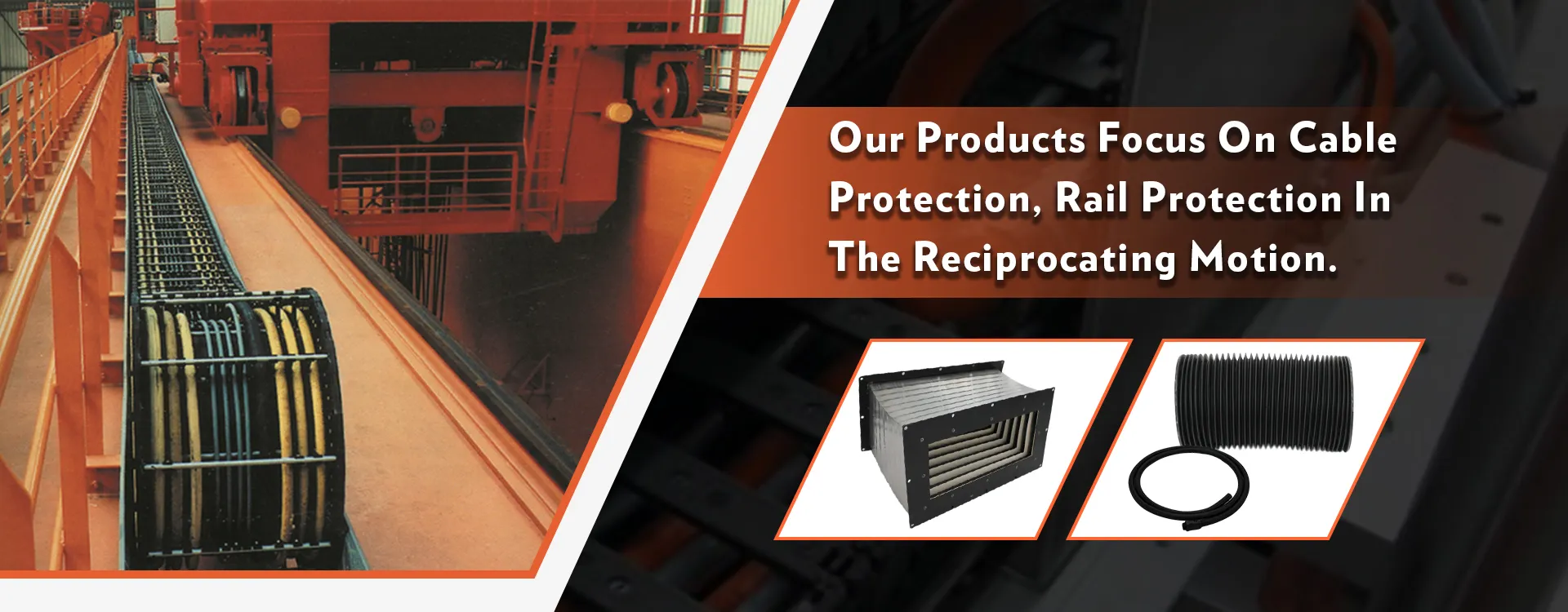electrical cable chain
Understanding Electrical Cable Chains
Electrical cable chains, also known as cable drag chains or energy chains, are pivotal components in various industries where machinery and equipment require safe and efficient movement of electrical cables and hoses. These chains play a crucial role in ensuring that cables do not become tangled or damaged during the operation of moving machinery. In this article, we will delve into what electrical cable chains are, how they work, their applications, and the benefits they offer.
What are Electrical Cable Chains?
Electrical cable chains are structured systems designed to guide and protect cables and hoses in dynamic environments. They consist of interconnected links that form a flexible channel for cables to move freely as machinery operates. The design allows for the controlled movement of these cables, which are essential for power, data, and signal transmission.
How Do Electrical Cable Chains Work?
The functionality of electrical cable chains is both simple and effective. When machinery moves, whether in a linear path or a complex set of motions, the cable chain moves along with it. The individual links of the chain swivel and bend, accommodating the various angles and positions of the machinery without placing stress on the cables. This movement ensures that the cables do not pull or strain at the connection points, preventing wear and tear that could lead to malfunctions or failures.
Most electrical cable chains are designed to be lightweight yet strong, allowing them to withstand significant loads while maintaining flexibility. They can be made from a range of materials, including plastic, steel, and aluminum, each chosen based on the specific requirements of the application, such as temperature resistance, chemical exposure, and environmental conditions.
Applications of Electrical Cable Chains
Electrical cable chains have a wide range of applications across various industries
1. Manufacturing Automation In automated production lines, machinery frequently moves and requires the continuous movement of cables. Cable chains protect the cables from abrasion and tangling, ensuring smooth operations.
2. CNC Machines Computer Numerical Control (CNC) machines generate complex movements and require precise cable management. Cable chains are essential in guiding the cables without restricting motion.
electrical cable chain

3. Robotics As robots move, their numerous cables must be efficiently managed. Cable chains help maintain cable integrity while allowing for intricate movements.
4. Material Handling Systems In warehouses and distribution centers, where conveyors and automated guided vehicles operate, cable chains provide essential support for power and signal transmission.
5. Construction Equipment Equipment such as cranes and excavators use cable chains to manage hydraulic hoses and electric cables, enhancing safety and functionality.
Benefits of Electrical Cable Chains
The use of electrical cable chains provides several benefits that contribute to both efficiency and safety
- Protection By enclosing cables within the chain, they are protected from mechanical wear, external damage, and environmental factors, which can prolong the lifespan of the cables.
- Efficiency Cable chains streamline cable management, reducing the risk of tangled wires and ensuring that maintenance is straightforward. This leads to decreased downtime and increased productivity.
- Flexibility The design of cable chains allows for a variety of movements, accommodating different machinery types without compromising on the integrity of the cables.
- Safety With cables securely managed, the risk of tripping hazards or accidental disconnections is minimized, creating a safer workplace.
- Aesthetic Appeal Organized cables enhance the overall appearance of machinery and workspaces, contributing to a more professional environment.
In conclusion, electrical cable chains are an essential element in modern machinery and industrial applications. They offer a reliable solution for managing cables and hoses, thereby enhancing operational efficiency, safety, and cable longevity. As industries continue to evolve, the importance of robust cable management systems like electrical cable chains will only continue to grow, making them an invaluable asset in various applications.








